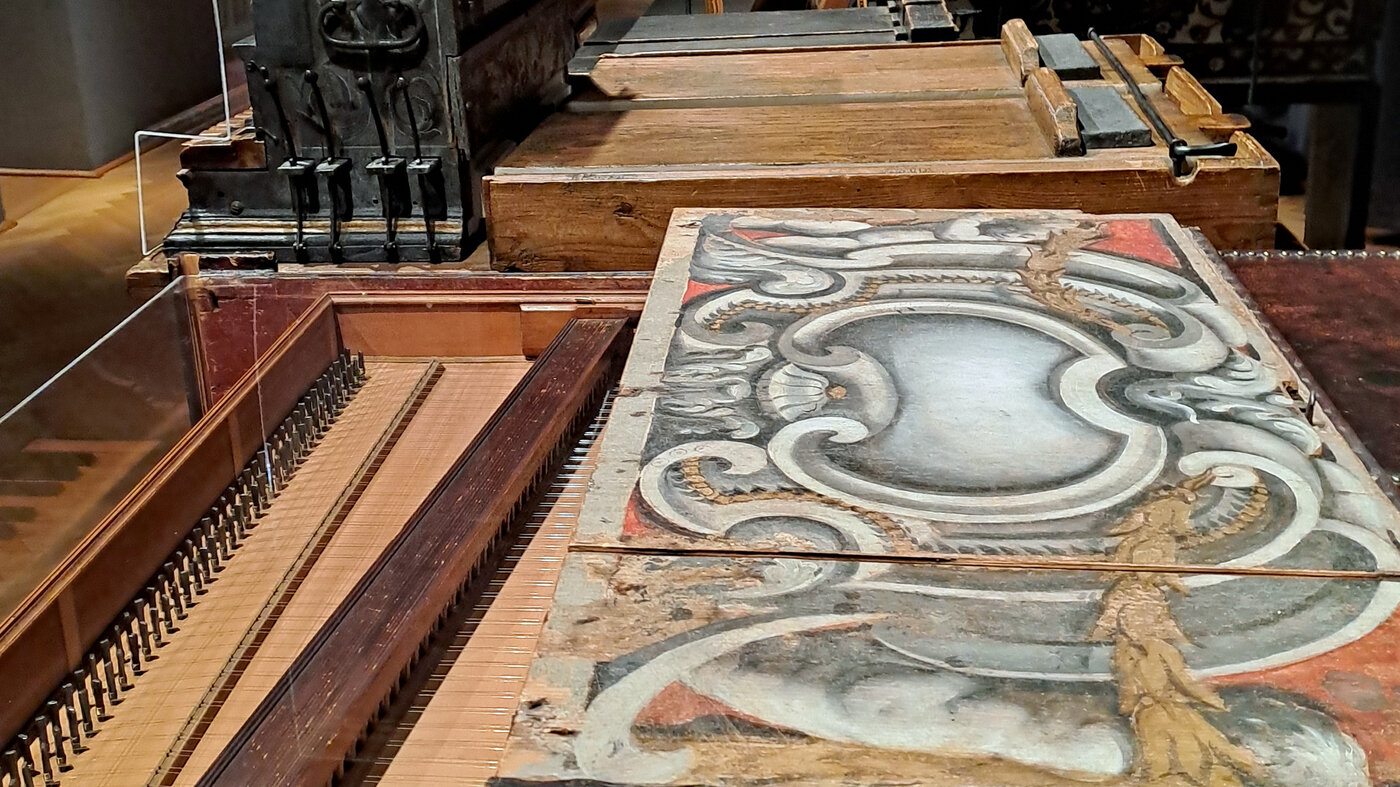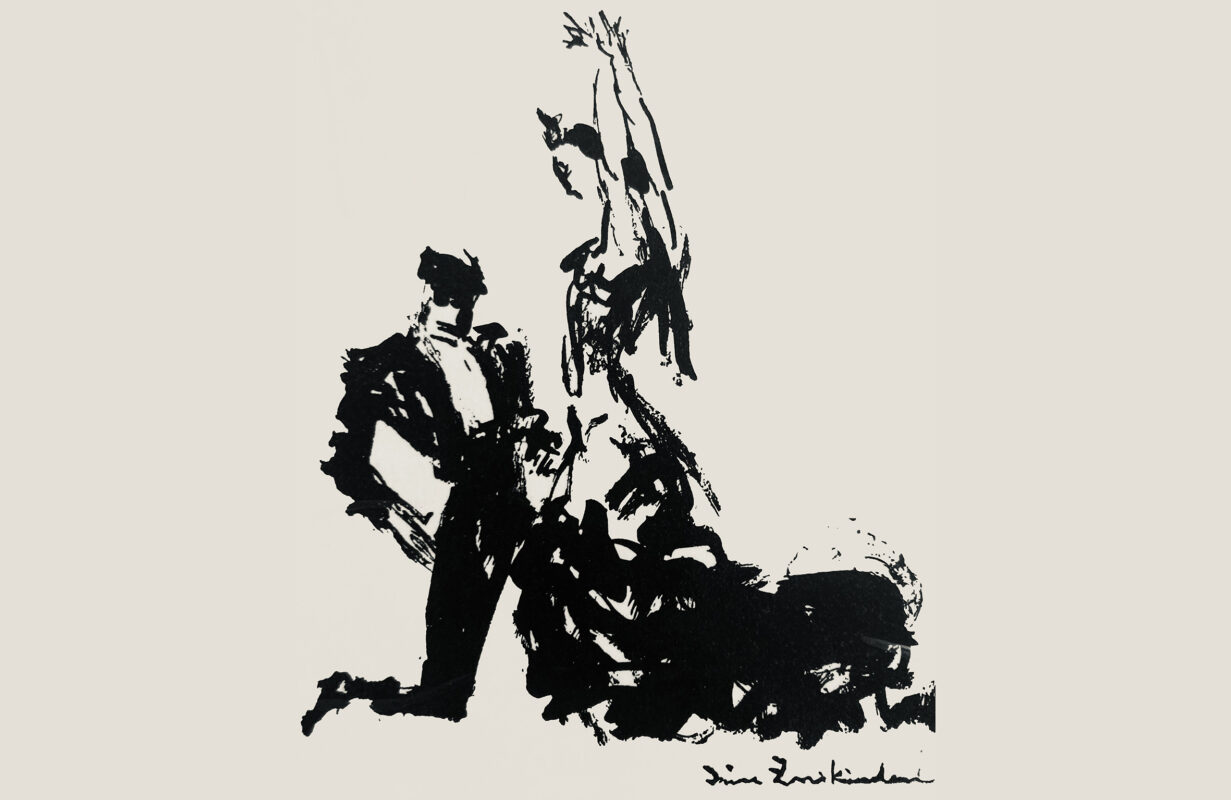Old or new music: lessons in historical performance practice
In addition to the remarks by Elizabeth Dobbin and Thomas Drescher on the state of historical performance and training practice (SMZ 1_2/24), a few thoughts should be added here that primarily concern the future.

The field of early music education is generally limited to the period from the early Middle Ages to the 19th century, i.e. to the field of "old instruments". With the development of modern instruments in the course of the 19th century, a suitable reason arose to narrow the field forward. But Brahms, Mahler, Stravinsky and Boulez are also early music. The music of the late 19th and 20th centuries should therefore also be researched, taught and performed with an awareness of its historical context. For the 20th century, this claim has been fulfilled for good reason from the very beginning. All that is missing is the late 19th century. The scope of historically informed performance practice and the historically informed training that goes with it must, I am not alone in thinking, necessarily be extended to the period from the early Middle Ages to the present day. The combination of research, teaching and performance, which Paul Sacher once postulated as the basic concept for the Basel Schola, seems to make sense for any music education. Even in the field of jazz, which has long since been academized. If a big band plays a piece by John Coltrane, then the solos must be performed in the Coltrane style. The soloists must be capable of such historical performance practice (technically and aesthetically), i.e. they must be trained.
What knowledge is needed to be able to
Teachers need to know a lot. However, they must above all teach their students the ability to act. In my opinion, this is a major misunderstanding when it comes to the claim of historical information in education. It is of course (also!) a discipline of scientific-historical research and is dependent on it. However, the results of such research are propaedeutic for the training of prospective musicians. They should not simply be passed on and taught in words, their results must above all be put to practical use by the students and thus made fruitful. Once a learner has acquired "musical competence" in this way, he will also be able to recognize, assess and evaluate the composers' formulations in a completely different, namely direct way. In other words: for budding musicians, training to think in terms of sounds is more important than training to talk or to know a lot about music. This is by no means intended to minimize the importance and value of speaking and knowledge. It is simply a question of priorities. Implicit knowledge should be promoted in lessons as a priority and explicit knowledge only secondarily.
Farewell to prefabricated theoretical instruments
Colleagues from neighboring countries tell me how this approach is being discussed at their universities and how much its realization is being pursued as a desired goal in some places. This not only requires the formulation of new curricula and the gradual recruitment of appropriately trained teaching staff, it also means saying goodbye to many still rather sacred cows. This includes, for example, the theoretical system of harmony theory, which is used in some places to analyze music between Monteverdi ("it's already getting a bit tonal") and Mahler. This includes the systematic theory of form, which is still used to measure works of art. Most of the prefabricated theoretical instruments simply belong to this. It inevitably leads to a narrowing and not infrequently also to a permanent deformation of the perspective or listening angle.
Interrelated subjects convey an overall picture
The teaching curricula at institutes for historical performance practice differ not only in the main subjects (old instruments, playing techniques, aesthetics), but also and especially in the compulsory subjects, from those of standard music academies. This is illustrated by the example of the Basel Schola: here the core subjects of composition, ear training, notation and music history follow a uniformly historically differentiated training plan. Thanks to the chronological approach in all these subjects, many internal relationships are created and the same subject is examined and considered from different points of view. These subjects are supplemented by the subjects of source and instrument studies, which are also offered in a chronological approach, the compulsory subjects of Gregorian chant (modality in monophony), historical dance, improvisation and ornamentation theory and, depending on the field of study, basso continuo playing. For all students, there is also the compulsory subject of singing (voice training, historical singing practice). The canon of interrelated subjects provides students with an overall picture in which they can place their work in the major subject. They have a detailed background and a familiar environment at all levels. This provides them with the necessary foundations for their aesthetic decisions as performers.
The overall area is divided into the style-specific fields of work or courses of study: 1) Medieval/Renaissance, 2) Renaissance/Baroque/Classical and finally 3) Baroque/Classical/Early Romantic. (This training concept goes back to a design by Wulf Arlt in 1970 and was subsequently expanded and supplemented by Peter Reidemeister and later by his successors).
The areas mentioned could be further developed as follows: 4) Classical music/early Romanticism/high and late Romanticism, 5) Romanticism/new music in the first half of the 20th century/music after the Second World War. Areas 1) and 2) would probably remain the preserve of specialized institutes, while at most conservatoires the standard offer would continue to consist of areas 3), 4) and 5). Training programs could be freely compiled as modules.
Markus Jans taught historical composition at the Schola Cantorum Basiliens from 1972 to 2010.








